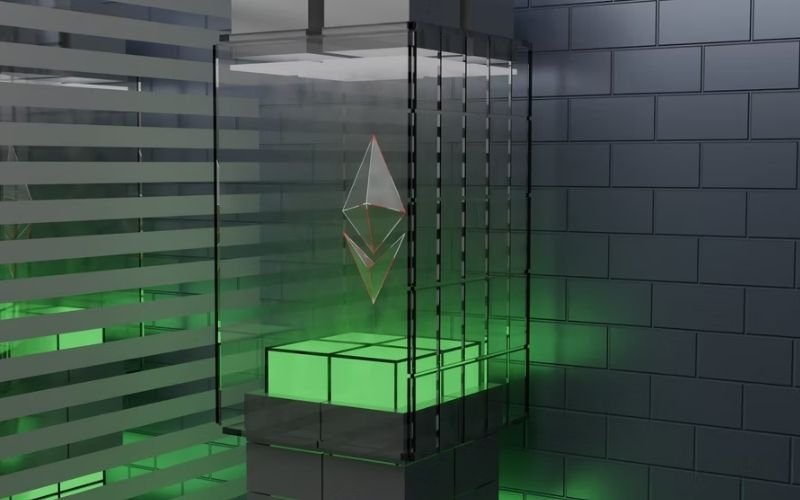Joe Lubin is one of Ethereum’s co-founders and the CEO of ConsenSys. In December, he stated that the Beacon Chain would merge with the current blockchain in the second, and preferably third, quarters of 2022. Lubin confirmed last week, during a conversation at the Camp Ethereal cryptocurrency conference in Wyoming, that the entire process is proceeding according to plan.
In order to get to version 2.0, the current Ethereum mainnet, which some refer to as Ethereum 1.0, will connect to the Beacon Chain. To avoid confusion, some time ago, the Ethereum Foundation changed its name to Ethereum 2.0. Lubin refers to it as a “chain of consensus.”
Getting ready for Ethereum 2.0
Beacon Chain, the blockchain of the future consensus layer, does not conduct real transactions, and these are still only logged on the current PoW-based chain, Ethereum 1.0. Beacon Chain is based on Proof of Stake, and is therefore used primarily by validators who are preparing to switch to a new mechanism.
There are currently tests underway that confirm positive results.
However, further tests will need to be completed before the network is merged. The introduction of the Kiln testnet is proceeding well, which is probably what prompted Lubin to conclude everything is going according to plan.
Developers predict that this merger will happen either by June 2022 or by September 2022, but their predictions almost always fail to materialize.
Will anything change once PoS is implemented?
Once Ethereum miners are connected to the Beacon Chain, they will be forced to stop mining using the proof-of-work consensus method. They won’t be adequately remunerated to perform calculations. Then they can become ETH 2.0 validators who can record transactions on the Beacon Chain.
Since everyone can participate in the validation of transactions using PoS, this is a massive difference from the current situation. Investors can block ETH in the validation pool. A total of 10 million ETH were already blocked in the Beacon Chain.
Lubin predicts that the upcoming “consensus layer” will reduce energy consumption and transaction fees. However, some are skeptical about this second assumption.
Read Also: The number of bitcoins on exchanges is at its lowest in 39 weeks
Disclaimer: The information provided in this article is for informational purposes only and should not be construed as financial or investment advice. Cryptocurrency investments are subject to market risks, and individuals should seek professional advice before making any investment decisions.


Comments are closed.